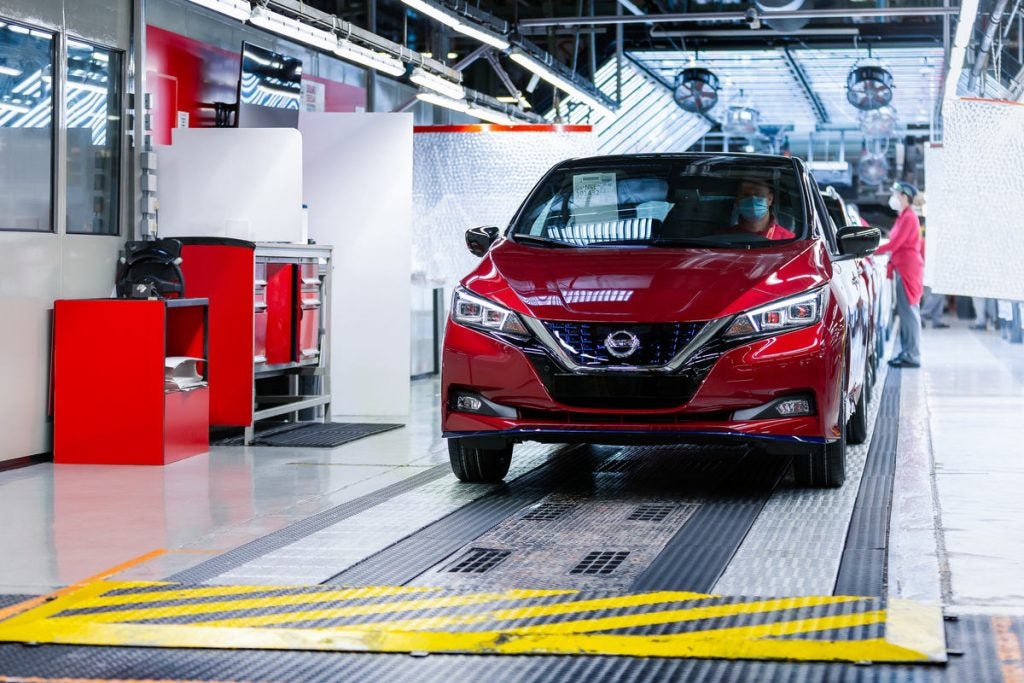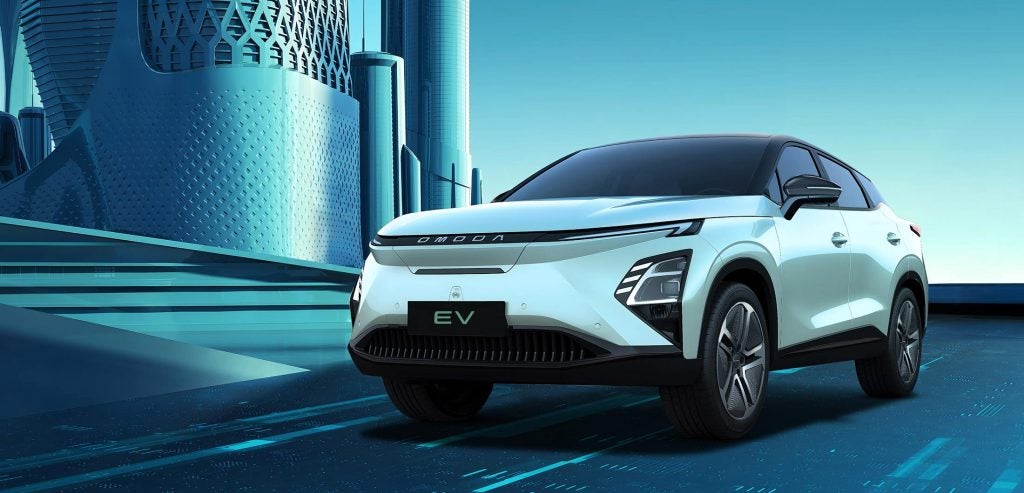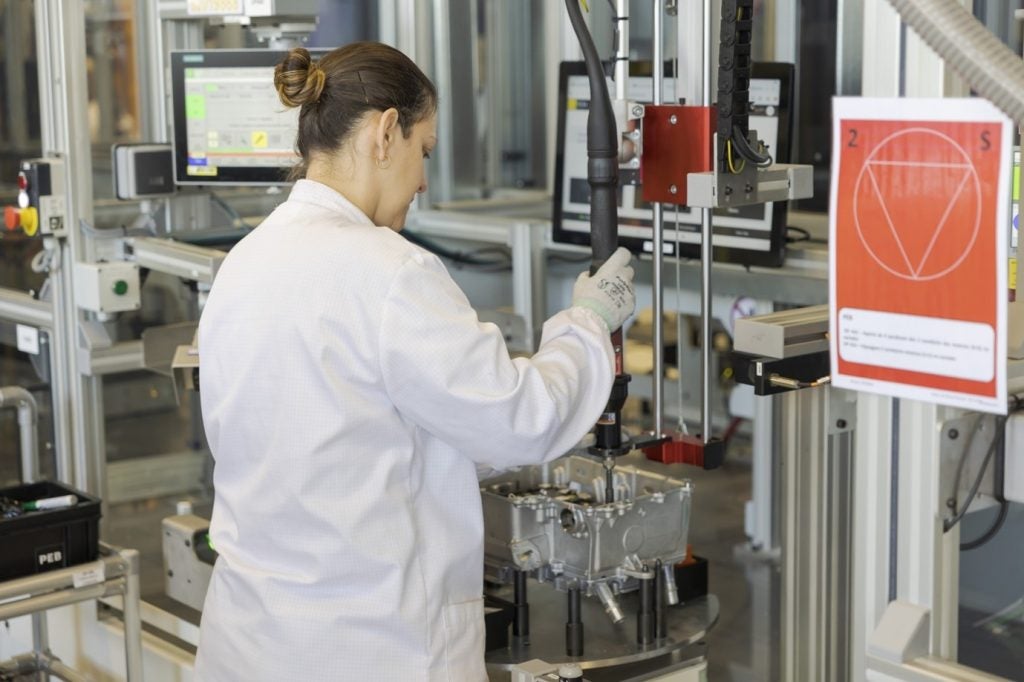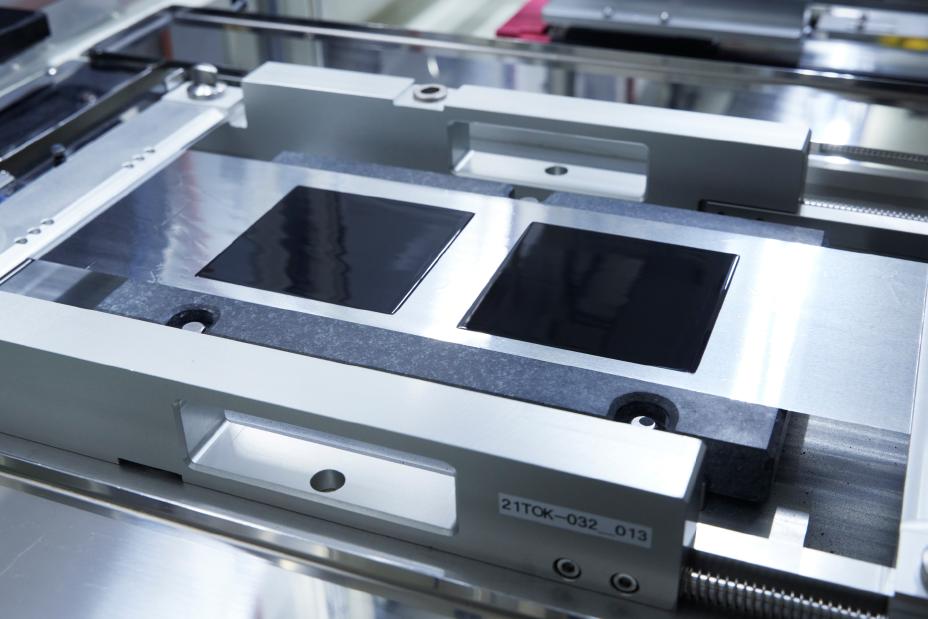A look across the automotive world reveals a global light vehicle market where different manufacturers and models hold sway in different regions. Glenn Brooks utilises just-auto’s proprietary PLDB global database of light vehicle model production lifecycles in considering prospects for brands and models.
The received wisdom is that 2009 was a disastrous year for the world’s automotive industry, especially if you’re looking at things from a US perspective, where the market touched 27-year lows. Yet even there, signs of recovery are visible, while in Brazil, India, South Korea and China, last year saw new sales records being set thanks to government incentives programmes and an easing of formerly tight credit restrictions.
In China, car sales are off to a heady start, with the Communist Party deciding that its incentives-fuelled boom must continue, though a much overdue tightening of consumer credit should address worries about a bursting of the bubble. So rather than asking if and when the record pace of growth might suddenly stop, we should be looking at the car companies that have the right products for an era of more moderate growth. Topping that list has to be Volkswagen.
General Motors’ leader famously declared in 1924, “a car for every purse and purpose” is essential if you want to be number one. In 2009, Volkswagen proved the lasting wisdom of Sloan’s words, selling over a million vehicles for the first time in what is now the world’s largest national market. More than one fifth of these were the Jetta, a car first launched in Germany in the mid-80s and built in China by the Shanghai-VW joint venture for the last 18 years. A replacement model is expected later in 2010 but already the success of the far more modern and pricey Lavida sedan, with over 100,000 sales in 2009, shows that buyers don’t just see VW just as a low-price brand.
VW may be the most successful foreign manufacturer but the major domestic brands such as BYD (fourth largest in 2009), Chery (third) and Changan-Chana (second) had impressive growth last year, with continued expansion of their already large model ranges planned. BYD’s C6 project, for example, will give this small and electric car specialist an entry in the local market’s largest segment for the first time.
Watch Wuling
The most important brand to watch in China, however, is Wuling. Its Sunshine and Hongtu range found over 900,000 buyers in 2009 making this not only China’s but the world’s best-selling vehicle series. Now the SAIC-GM-Wuling joint venture that makes these micro minivans plans to add production in India under the Chevrolet brand.
How well do you really know your competitors?
Access the most comprehensive Company Profiles on the market, powered by GlobalData. Save hours of research. Gain competitive edge.

Thank you!
Your download email will arrive shortly
Not ready to buy yet? Download a free sample
We are confident about the unique quality of our Company Profiles. However, we want you to make the most beneficial decision for your business, so we offer a free sample that you can download by submitting the below form
By GlobalDataWuling’s move into India via its relationship with GM is an interesting one and looks like shaking up the local market. Maruti-Suzuki, the long-time leader, sold more than twice as many vehicles last year than Hyundai, India’s number two brand. For now, the most popular vehicles are small hatchbacks. But as has been the case in China, small vans are growing in popularity as buyers realise that one vehicle can serve the needs of a family and a small business. New entrants for this segment from Maruti-Suzuki, Tata and others are being fast-tracked as the segment begins to expand.
VW scores with Gol in Brazil
In Brazil, another large market that continues to grow rapidly, it’s a different story. There, buyers no longer look for the cheapest model available but now want relative sophistication with it. The Volkswagen Gol, a modern hatchback based on the Polo, was the country’s most popular car in 2009 with over 300,000 sales. While VW and Fiat, the traditional big two local players ended the year more or less tied in terms of volume (over 600,000 units each), Fiat saw its ancient but cheap Uno-based Mille fading and its newer models increasingly in favour.
Fiat finally replaces Brazilian Uno-based Mille
Fiat’s giant Betim plant in Brazil will be one of the first facilities to begin building the Mille replacement (Project 327) but it will also be made in India in partnership with Tata, and then in Serbia, with assembly in China set to follow as part of the forthcoming Guangzhou Auto joint venture.
While Fiat plans a new range of models for the world’s largest low-income markets, it is also investing heavily in Western Europe and, via its minority holding in Chrysler, in North America. The intention is to merge future vehicle platforms and projects within the expanded group, while maintaining its existing JVs with Ford, PSA Peugeot Citroen and Turkey’s Koc Group. Soon, we should see a Fiat minivan for Europe coming out of a Chrysler Canada plant, assembly of the next Jeep Grand Cherokee in Italy and exports of the Fiat 500 to Brazil from Mexico (the latter two countries have a free trade agreement).
Like Fiat, the other major European manufacturers are increasingly combining R&D resources where it makes sense to do so. Examples are everywhere. Renault is talking to Daimler about future small cars, PSA Peugeot Citroen already shares engine production with BMW Group and Ford and will soon open a Russian assembly plant in partnership with Mitsubishi. Opel-Vauxhall and Chevrolet Europe, meanwhile, are turning to GM Daewoo for many of their next-generation vehicles programmes such as the M300, V300 and MPV-7 projects.
Toyota in Japan enjoys Prius surge
In Japan, Toyota’s hybrid strategy appears to be paying off in the home market at least, where combined sales of the latest 590L series Prius and second generation (690N) model surged to over 200,000 units in 2009, though the market itself contracted. This not only meant that Japan’s long-time best seller, the Suzuki Wagon R, was at last pushed off its perch, but with the Honda Fit also doing well, Kei-class cars suddenly no longer dominate the sales charts.
While tax incentives for such vehicles in Japan continue to encourage the local big manufacturers to develop yet more hybrid or other fuel-sipping models, similarly, US buyers are increasingly choosing vehicles based upon their EPA-rated gas mileage numbers. In 2009, seven of the top-ten selling vehicles had a standard four-cylinder engine, while America’s most popular SUV is now the Honda CR-V.
Just as Ford’s management recently stated when revealing the one-model-fits-all-regions Focus, the preferences of car buyers the world over appear to be aligning. With that in mind, the billions currently being invested in core vehicle replacement programmes by the largest manufacturers (e.g. Ford plans ten Focus-based models on its new C-platform architecture) really will be make or break for some.
Glenn Brooks
PLDB from just-auto.com is a low-cost, model level database showing the production life of 2203 current and future models produced (or to be produced) globally by 227 brands from 146 groups.
For a detailed view of PLDB features, take the tour here







